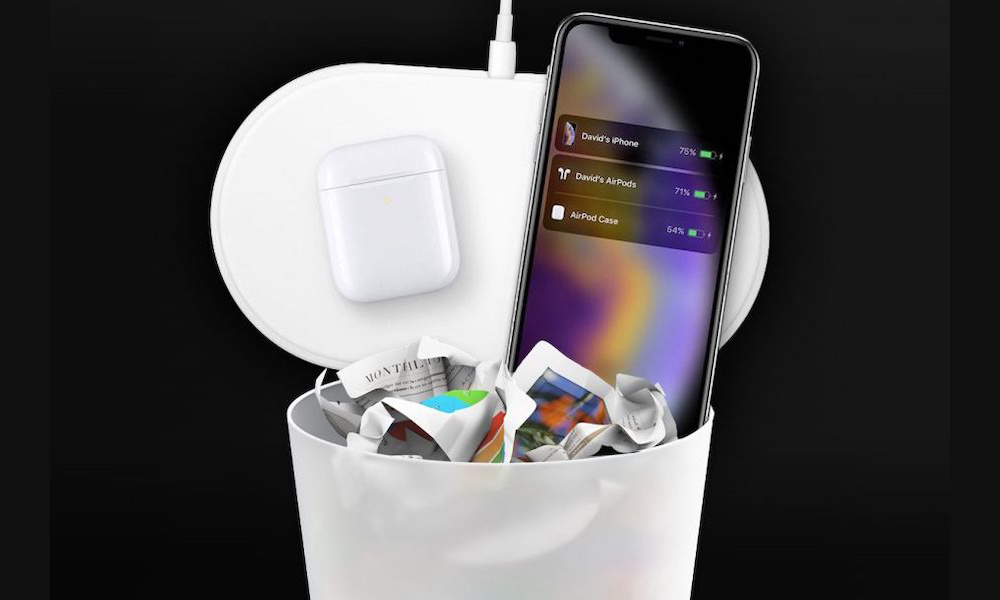Here’s the Big Problem That Likely Killed Apple’s AirPower
 Credit: Trusted Reviews
Credit: Trusted Reviews
Toggle Dark Mode
AirPower is dead. In a surprise announcement on Friday, Apple officially canceled its long-awaited wireless charging pad.
The first-party wireless charging accessory was first announced in September 2017, but the device was delayed more than a year. Apple missed its self-imposed 2018 release deadline — and even scrubbed its website of any AirPower references.
Still, there was always a glimmer of hope that AirPower would eventually be released. In fact, recent rumors made AirPower’s launch seem all but imminent. And yet, just a few days ago, Apple made it clear that AirPower isn’t going to see the light of day.
The conflicting signals about AirPower’s launch seem to suggest that the decision to cancel it was made recently and relatively quickly. In its statement, Apple said the device did not meet its own “high standards.” But it did not specify what ultimately lead to AirPower’s death.
Despite the vagueness surrounding AirPower’s cancelation, iFixit has a good theory that could explain why Apple decided to kill off the device’s development.
Apple Might’ve Been Too Ambitious
At first glance, you may be wondering why Apple was unable to produce a first-party wireless charging system. After all, there are other Qi chargers on the market that can juice up multiple devices.
But when you dig a bit deeper, you start to realize how ambitious AirPower was. The Apple wireless charging pad was completely different than other generic Qi-based chargers.
As iFixit points out, wireless chargers that are able to charge multiples devices are really just multiple charging pads stuck together. With AirPower, Apple was aiming to do something different.
Current multi-device wireless chargers typically have two or three coils placed side-by-side. These coils are what allows for Qi charging, but they can be finicky. The coil on the charging surface and the coil on your device have to be properly aligned for charging to commence.
The end result is that users typically need to adjust or otherwise fiddle with their smartphones to find a spot that’s “just right.” AirPower, on the other hand, was being developed to completely eradicate this problem.
iFixit writes that Apple was “trying to create one large charging surface using overlapping coils, allowing it to power multiple devices from anywhere on the mat.”
AirPower May Not Have Passed Regulatory Hurdles
That creates multiple problems. Overheating could be one, as was previously reported. Because of its multi-coil layout, AirPower probably needed a massive amount of power to function. That power could cause significant overheating.
But the number of coils packed into AirPower could also mean that the device may have sent off harmonic signals into its environment — signals that could affect important medical equipment like pacemakers or hearing aids.
As such, iFixit writes that “it’s possible AirPower couldn’t pass muster with US or EU regulations.” The end result is that Apple “boxed themselves into an electromagnetic corner,” the teardown site notes.
In other words, the ambition of AirPower was technically achievable with Apple’s current technology. But it may not have been able to meet “the rigorous transmission requirements that are designed to keep us safe from our gadgets.”
Learn More: AirPower Canceled: Xvida’s 3-in-1 Wireless Charger Is the Solution You Need.







